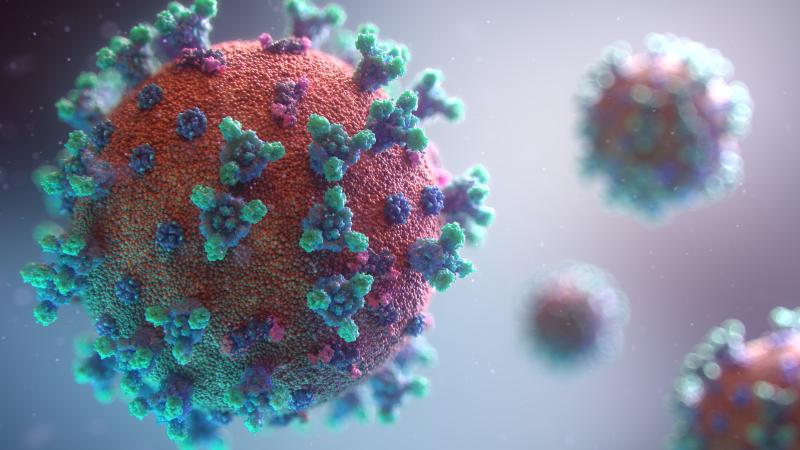Examining Prison Releases in Response to COVID: Lessons Learned for Reducing the Effects of Mass Incarceration

In response to the global pandemic in 2020, states and the federal government began to make non-routine releases from prison in order to reduce prison populations to allow for social distancing in prison facilities. This report is aimed at describing where such prison releases occurred, the legal mechanisms used to achieve these releases, and the factors within jurisdictions that made non-routine prison releases more or less likely to occur. We write this report, not to examine the national response to the pandemic, but to better understand when and how extraordinary measures may be used to effect prison release, and to determine whether there are lessons from this experience that can be applied to reducing the effects of mass incarceration.
This report was prepared with support from Arnold Ventures. We are grateful for their financial support and for the work of their Criminal Justice program staff for recognizing the pandemic as an opportunity to further study back-end release discretion and in helping us to conceive of this project.